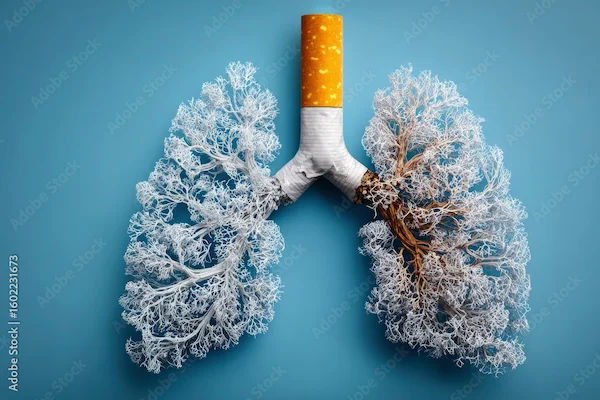- Male
- 29 Years
- 20/02/2025
I'm a bit worried about a recent HRCT report I got back. It mentions a large smooth-walled air-filled lesion that's replaced my right upper lobe, likely a bullae, with some compressive atelectatic changes in the adjacent lung. Can you help me understand what this means? Should I be concerned about this?
Answered by 1 Apollo Doctors
chets pulmonary function test and consult pulmonologist
Dr. Ibrahim Suggests...
Consult a Pulmonology Respiratory Medicine Specialist
Answered 04/07/2025
0
0

Ask Apollo
AI powered Health Chatbot
-
Understanding the HRCT Findings: a. A large smooth-walled air-filled lesion in the lung is likely a bullae, which is a type of emphysematous change. b. Compressive atelectatic changes indicate partial lung collapse due to pressure from the bullae.
-
Concerns and Recommendations: a. Bullae can lead to reduced lung function and risk of rupture, causing pneumothorax. b. Consult a pulmonologist for further evaluation and management options, which may include monitoring or surgical intervention if symptomatic.
Recommended next steps
Consult a Pulmonology Respiratory Medicine Specialist
Answered 10/09/2025
0
0

More Pulmonology/ Respiratory Medicine Health Queries
View allI'm really struggling with a bad cough for the past three days and have been taking marzon allerfix tablets and Reswas cough syrup, but I can't shake off the chest congestion. I smoke around 20 cigarettes a day, so I'm worried that's contributing to it. Is there a connection between my smoking and this congestion, and is there any way I can treat my lungs or cleanse them?
yes to stop smoking
Answered by 1 Apollo Doctors
I've been dealing with this annoying issue for quite a while now. Whenever I go to bed and try to fall asleep, my throat starts itching and I begin coughing. It's definitely a dry cough. What's weird is that as soon as I stop trying to sleep, the coughing just goes away. What could be causing this and how can I fix it?
Expectations After Medication Insertion* 1. *Bleeding*: You can expect bleeding to start within 2-7 days after the medication insertion. However, this timeframe may vary. 2. *Expulsion of Retained Products*: The retained products (measuring 9cc) may be expelled during the first menstrual cycle, but it's not guaranteed. *Factors Influencing Expulsion* 1. *Size of Retained Products*: The size of the retained products (9cc) is relatively small, which increases the likelihood of natural expulsion. 2. *Effectiveness of Medication*: The medication inserted by your doctor is designed to help expel the retained products. Its effectiveness may influence the timing and success of expulsion. *Monitoring and Follow-up* 1. *Track Your Symptoms*: Keep a record of your bleeding, cramping, and any other symptoms. 2. *Follow-up Appointment*: Schedule a follow-up appointment with your doctor to assess the progress and determine if further intervention is needed.
Answered by 1 Apollo Doctors
I've been experiencing asthma for the past 20 years, and my recent chest X-ray showed mild cardiomegaly and prominent broncho-vascular markings. Should I be worried about these findings? What does it mean for my overall lung and heart health, especially considering my long history with asthma?
That could be the findings of Asthma, maintain healthy lifestyle and have a regular checkup with your doctor
Answered by 1 Apollo Doctors
Disclaimer: Answers on Apollo 247 are not intended to replace your doctor advice. Always seek help of a professional doctor in case of an medical emergency or ailment.




